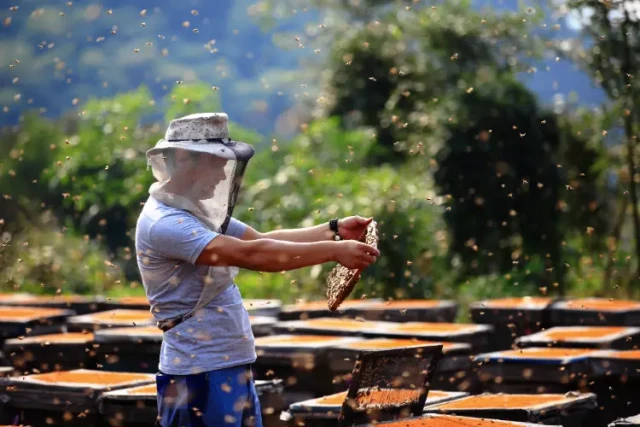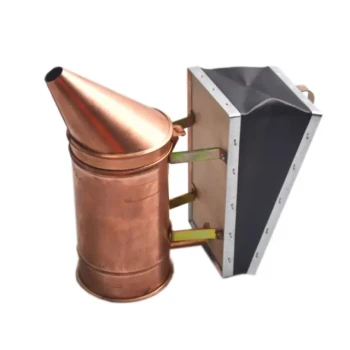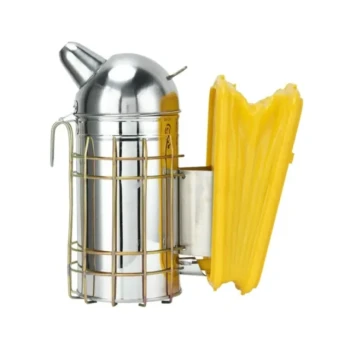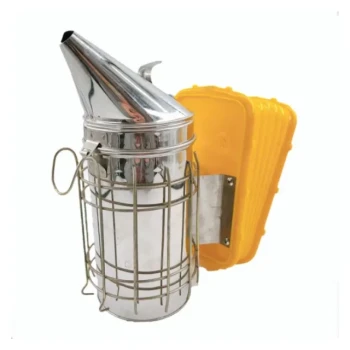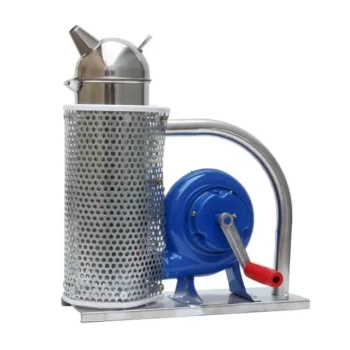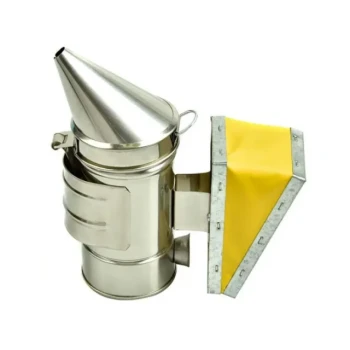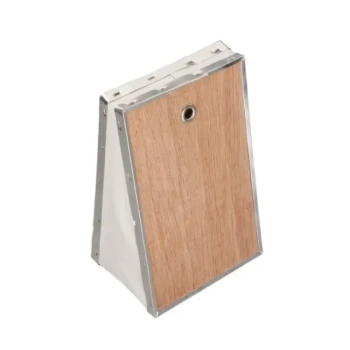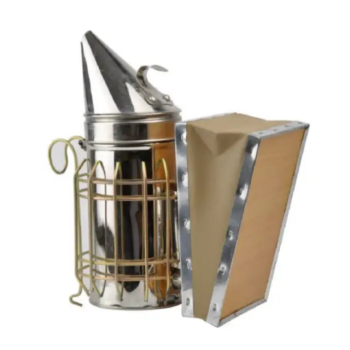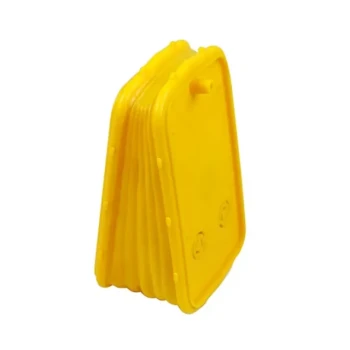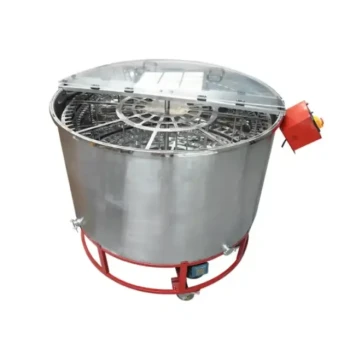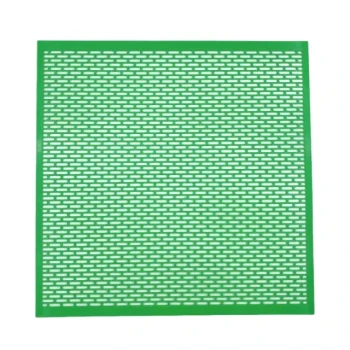Beekeeping requires precision, especially when using a smoker—a tool that can mean the difference between a calm inspection and a defensive hive. Mastering smoker techniques ensures colony health, reduces stress on bees, and keeps beekeepers safe. This guide covers the science behind hive smoke, advanced control methods, and how to avoid common mistakes that could harm your bees.
Mastering Hive Smoke Fundamentals
How Smoke Disrupts Bee Defensive Behavior
Smoke works by interfering with bees' communication systems. When guard bees detect a threat, they release alarm pheromones like isopentyl acetate and 2-heptanone to rally the colony. Smoke masks these chemical signals, preventing a coordinated attack.
Additionally, smoke triggers an instinctive response: bees interpret it as a forest fire. This causes them to gorge on honey, making them sluggish and less likely to sting. Research shows this dual effect—blocking pheromones and inducing feeding—makes smoke indispensable for hive inspections.
Identifying Optimal Smoke Consistency
Not all smoke is equal. Ideal smoke should be:
- Cool and white: Thin, wispy smoke minimizes respiratory irritation for bees.
- Minimally scented: Avoid fuels with strong odors (e.g., pine resin), which can agitate bees.
- Sustained: A steady, slow burn lasts through long inspections.
Test your smoker’s output before approaching the hive. If the smoke feels hot or smells acrid, let it burn longer to stabilize.
Advanced Smoker Control Techniques
Timing Smoke Application to Bee Activity Cycles
Bees are most defensive during:
- Mid-morning to afternoon: Peak foraging hours; colonies are highly alert.
- Cool or rainy weather: Bees cluster tightly, making them more protective.
Apply smoke 5–10 minutes before opening the hive, giving bees time to react. Reapply lightly if inspections exceed 20 minutes.
Positioning the Smoker to Avoid Queen Disturbance
Direct smoke away from the brood nest. Queens are sensitive to heat and smoke exposure, which may disrupt egg-laying. Instead:
- Aim for the hive entrance first, calming guard bees.
- Angle smoke upward along frame edges, avoiding direct blasts into comb cells.
Preventing Common Smoker Mistakes
Recognizing Early Signs of Over-Smoking
Excessive smoke harms colonies. Watch for:
- Bees abandoning brood: Larvae left unattended indicate stress.
- Prolonged lethargy: Bees taking hours to resume normal activity.
Limit smoke to 2–3 puffs per hive section. If bees seem disoriented, pause and reduce usage.
Fuel Selection Impact on Hive Air Quality
Some fuels leave harmful residues. Prioritize:
- Cotton burlap or wood pellets: Clean-burning with minimal residue.
- Avoid treated materials: Cardboard with inks or glue releases toxins.
A 2023 study noted that bees exposed to synthetic-fuel smoke had higher mortality rates within 48 hours.
Key Takeaways for Beekeepers
- Smoke masks alarm pheromones and triggers a survival response, reducing stings.
- Cool, white smoke is safest for bees and beekeepers.
- Time smoke applications around bee behavior and weather conditions.
By refining these techniques, you’ll ensure smoother inspections and healthier hives.
Ready to upgrade your beekeeping toolkit? HONESTBEE supplies commercial apiaries and distributors with high-quality smokers and fuels designed for hive safety. Explore our wholesale-focused catalog for equipment that balances efficiency and bee welfare.
Visual Guide
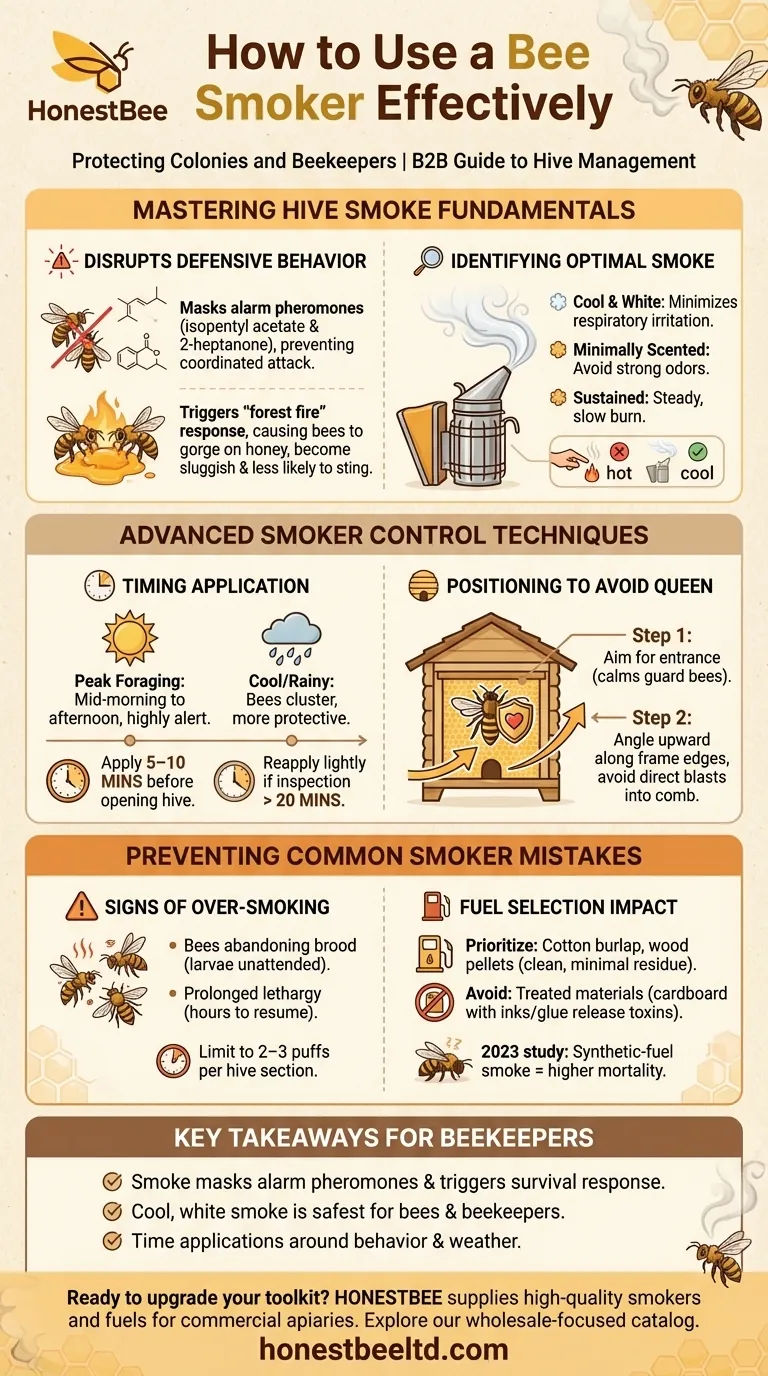
Related Products
- European Stainless Steel Bee Smoker for Honey Bee Hive
- Premium Traditional Copper Bee Smoker with Bellows
- Heavy-Duty Bee Smoker with Durable Plastic Bellows for Beekeeping
- Professional Bee Smoker with Elongated Spout and Durable Bellows for Beekeeping
- Heavy Duty Manual Bee Smoker Blower for Beekeeping
Related Articles
- How to Master Bee Smoker Techniques: Science-Backed Hive Management
- How to Use a Bee Smoker Effectively Without Harming Your Hive
- How to Choose the Right Beekeeping Smoker for Optimal Performance
- Mastering the Use of Beekeeping Smokers
- How to Master Your Beekeeping Smoker: Safe Operation & Optimal Fuel Choices
